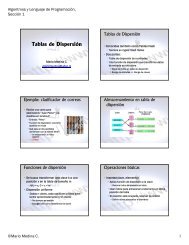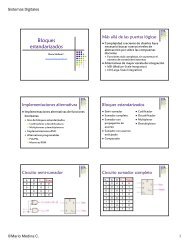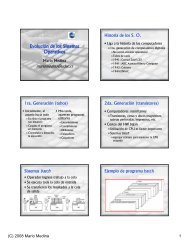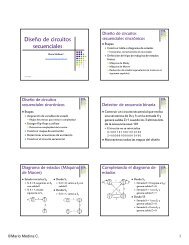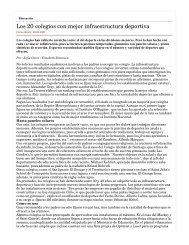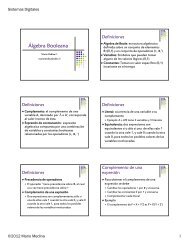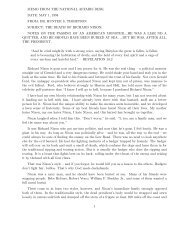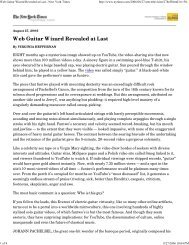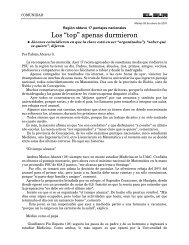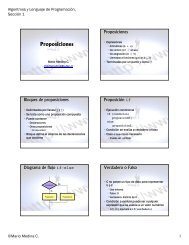A Symbolic Analysis of Relay and Switching Circuits
A Symbolic Analysis of Relay and Switching Circuits
A Symbolic Analysis of Relay and Switching Circuits
Create successful ePaper yourself
Turn your PDF publications into a flip-book with our unique Google optimized e-Paper software.
m.esh c<br />
s<br />
c<br />
37<br />
a<br />
b<br />
mesh d<br />
Fig. 17<br />
Fig.<br />
Theorem:<br />
If M <strong>and</strong> N bear this duality relationship,<br />
then Xa b = X~d·<br />
To pro va thi S J let t he networks M end N be<br />
superimposed, the nodes <strong>of</strong> M within the corresponding<br />
meshes <strong>of</strong> M <strong>and</strong> corresponding elements crossing.<br />
the network <strong>of</strong> Fig. 17, this 1s shoWn in Fig. 19,<br />
With N in black <strong>and</strong> M in red. Incidentally, the<br />
For<br />
sa siest me thad 0 f finding the dual <strong>of</strong> a ne two rk .<br />
(Whether <strong>of</strong> this type or an 1mpedlnce nstwork) 1s to<br />
draw the required ne two rk superlmposed on t h.e<br />
g1. van<br />
networtk. Now, if' X ab<br />
: 0, then there must be some<br />
-path fI'om 8 to b alon~ the lines <strong>of</strong> N such that every<br />
element on this path equals zero.<br />
But this path represents<br />
a<br />
pa th across M d1 viding the circuit from c to d<br />
along wni~h every element <strong>of</strong> M 1s ona. Hence Xed =1.<br />
Similarly, if Xed =0, then X =1, <strong>and</strong> it follows that<br />
ab<br />
X8b -<br />
-VI<br />
"''"''ada<br />
b<br />
Fig.



